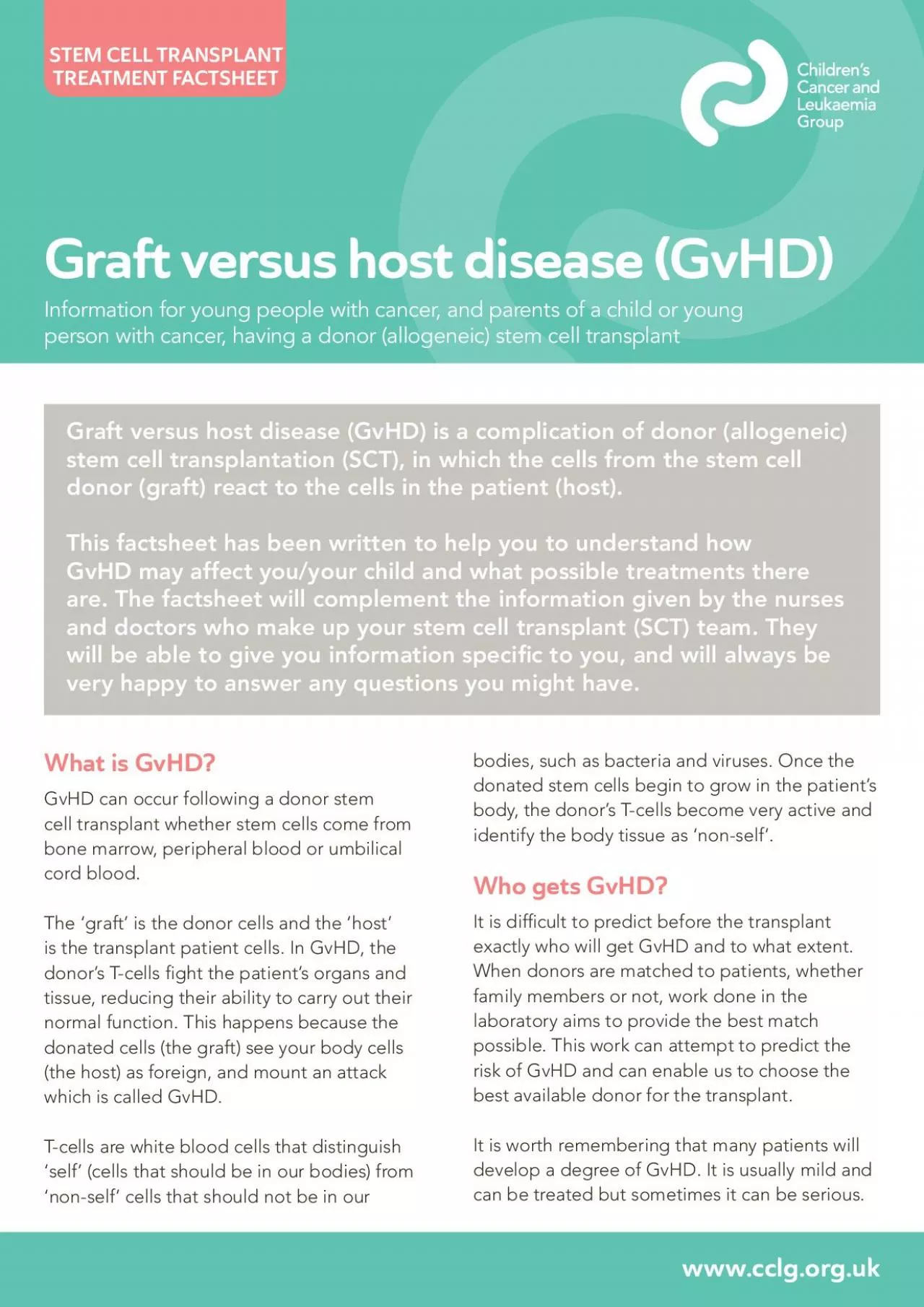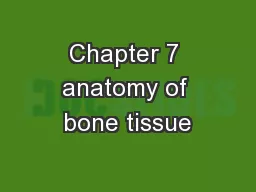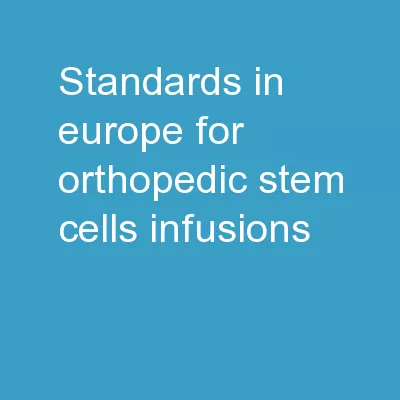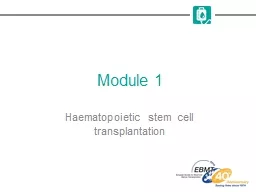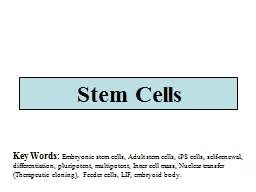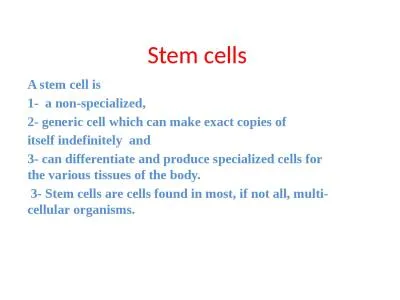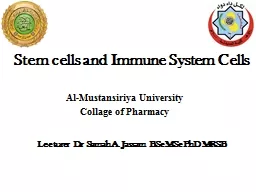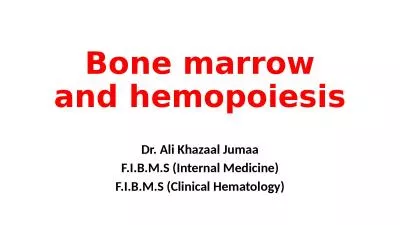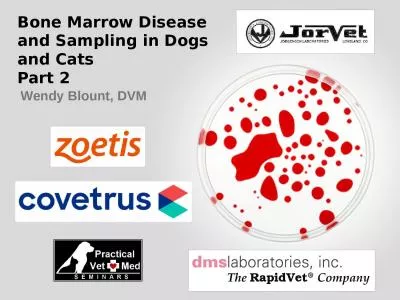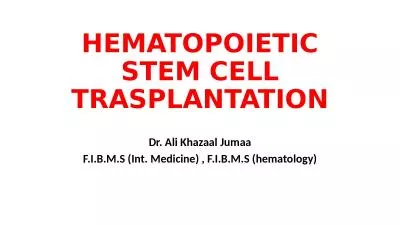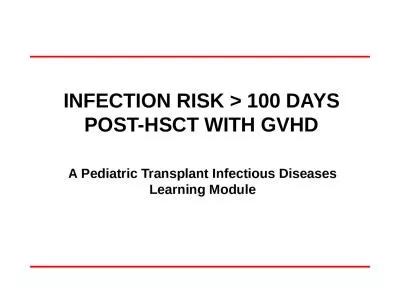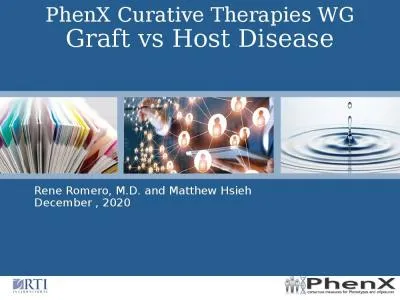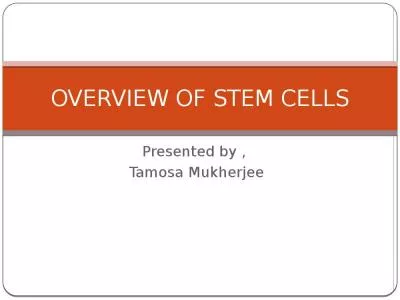PDF-What is GvHD cell transplant whether stem cells come from bone marrow
Author : bery | Published Date : 2022-09-05
Information for young people with cancer and parents of a child or young person with cancer having a donor allogeneic stem cell transplantGraft versus host disease
Presentation Embed Code
Download Presentation
Download Presentation The PPT/PDF document "What is GvHD cell transplant whether ste..." is the property of its rightful owner. Permission is granted to download and print the materials on this website for personal, non-commercial use only, and to display it on your personal computer provided you do not modify the materials and that you retain all copyright notices contained in the materials. By downloading content from our website, you accept the terms of this agreement.
What is GvHD cell transplant whether stem cells come from bone marrow: Transcript
Download Rules Of Document
"What is GvHD cell transplant whether stem cells come from bone marrow"The content belongs to its owner. You may download and print it for personal use, without modification, and keep all copyright notices. By downloading, you agree to these terms.
Related Documents

